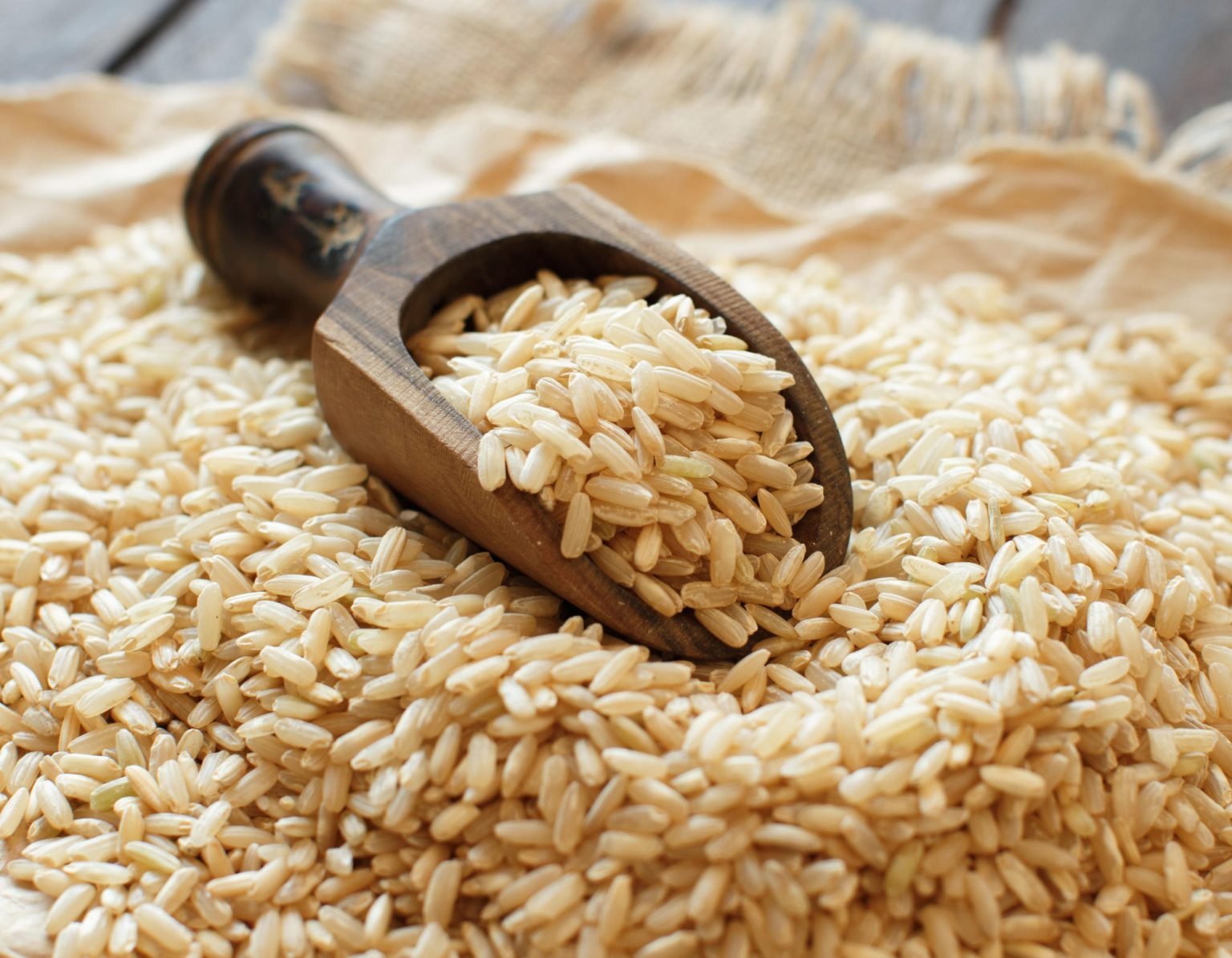Brown rice is often considered a healthy alternative to white rice—but is it really better? A new study reveals a surprising health risk you need to know.
For years, brown rice has reigned as the ultimate “healthy grain,” praised for its fiber content, vitamins, and minerals. It’s been the go-to choice for fitness enthusiasts, weight watchers, and clean eaters. But is brown rice really healthier than white rice? A shocking new study suggests otherwise—and the hidden risk may surprise you.
The Nutritional Showdown: Brown Rice vs. White Rice
Brown rice is a whole grain, meaning it contains all parts of the grain—bran, germ, and endosperm. This makes it higher in:
- Fiber: Good for digestion and managing blood sugar
- Magnesium & B vitamins: Important for energy and metabolism
- Antioxidants: Help fight inflammation
White rice, on the other hand, has the bran and germ removed, making it:
- Lower in fiber
- Quicker to digest (higher glycemic index)
- Less nutritious in terms of natural minerals
So far, brown rice seems like the winner—but here comes the twist.
The Shocking Risk: Arsenic in Brown Rice
According to a study published by Consumer Reports and confirmed by researchers at the FDA, brown rice contains significantly higher levels of arsenic than white rice.
Arsenic is a toxic heavy metal linked to various health issues, including:
- Cancer
- Heart disease
- Neurological problems
- Developmental issues in children
Why is this happening? Arsenic tends to accumulate in the outer layers of the grain—specifically the bran, which is left intact in brown rice. White rice, stripped of its outer layers, ends up with less arsenic.
Should You Stop Eating Brown Rice?
Not necessarily. Brown rice still offers important health benefits, but moderation is key. Here are some tips to reduce arsenic exposure:
- Rinse rice thoroughly before cooking.
- Cook in excess water (6:1 water-to-rice ratio) and drain it—this removes up to 60% of arsenic.
- Vary your grains—mix in quinoa, barley, or millet.
- Choose rice grown in areas with lower arsenic levels (like California, India, or Pakistan).
The Bottom Line
Brown rice is not a villain, but it’s not a miracle food either. While it offers more nutrients than white rice, it also comes with potential risks. Awareness is power—choose wisely, cook smart, and diversify your plate to enjoy all the health benefits without the hidden dangers.

















+ There are no comments
Add yours